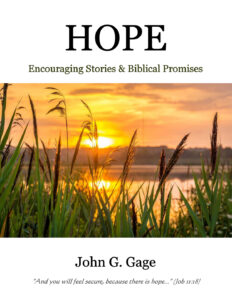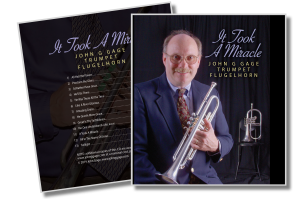Devotionals, Educational
Which Bible Translation is Best?
People want to know which Bible translation is the “best”, so here are a few principles of Bible translation that will help you choose wisely.
There are two primary methods of Bible translation:
Formal Equivalence, or word-for-word translation which translates the original text in the same form as the original, and often uses the same word order as the original. Each word in the original language is represented by a word in the target language. Examples of this translation method include the King James Version (KJV), New King James Version NKJV), American Standard Version of 1901, the New American Standard Bible (NASB) and the English Standard Version (ESV).
Dynamic Equivalence or thought-for-thought translation is also known as functional equivalence, and is more concerned with the meaning of the original language than with the grammatical construction. In this method of translation, expressions are often reworded in order to make them more understandable for the modern reader. Examples of this method include The Good News Bible, The New International version (NIV) and The Message.
Dynamic equivalence or thought-for-thought translations might include misinterpretations of the original, cultural context. However, this translation method usually reads in a much more understandable manner. Formal equivalence translations often utilize archaic language or reflect the context of the culture at the time and place of translation. In order to compensate for these potential shortcomings, a third translation method known as optimal equivalence was developed. This method combines the best features of Formal and Dynamic equivalence, providing a text that is both faithful to the inspired words of God while being “reader friendly. The Homan Christian Standard Bible (HCSB or CSB) is an example of optimal equivalence.
Either type of translation can be helpful. For serious, academic Bible study the word-for-word method is preferable. For personal devotions the thought-for-thought method can enhance comprehension. Whichever translation you choose, scholarly Bible study can be augmented by employing additional Bible-study tools.
Here is an illustration of how each translation method interprets Romans 3:25:
Formal Equivalence:
Whom God hath set forth to be a propitiation through faith in his blood, to declare his righteousness for the remission of sins that are past, through the forbearance of God; (KJV)
..whom God displayed publicly as a propitiation in His blood through faith. This was to demonstrate His righteousness, because in the forbearance of God He passed over the sins previously committed; (NASB)
Dynamic Equivalence:
God presented Christ as a sacrifice of atonement, through the shedding of his blood—to be received by faith. He did this to demonstrate his righteousness, because in his forbearance he had left the sins committed beforehand unpunished—(NIV)
Optimal Equivalence:
God presented Him as a propitiation through faith in His blood, to demonstrate His righteousness, because in His restraint God passed over the sins previously committed. (HCSB)
www.Blueletterbible.org and www.biblegateway.com include numerous translations that can be accessed by the click of a button. Both incorporate numerous commentaries and word studies, adding perspective and theological depth.
The Bible Exposition Commentary by Warren Wiersbe, The Moody Bible Commentary, and The MacArthur Bible Commentary are among the greatest Bible study tools that have been developed in recent years and are readily available via www.christianbook.com or www.amazon.com .
The Zondervan Handbook to the Bible and The Moody Handbook of Theology can illuminate the cultural context of Bible times. The sixteen-set video series That The World May Know by Ray Vander Laan and available through www.christianbook.com is among the most comprehensive and applicable Bible study guides available today.
The Hebrew-Greek Key Study Bible, compiled by Greek Bible scholar Spiros Zodhiates includes both a Hebrew (Old testament) and Greek (New Testament) dictionary, with every key word referenced to the applicable dictionary in the back of the Bible.
Paul instructs his protégé Timothy to “correctly teach the word of truth.” (2 Timothy 2:15). Whether our Bible study is intended for personal edification and instruction, or public teaching and preaching it is our obligation to understand the text as thoroughly as possible. To be diligent, we must add to either the Formal, Dynamic or Optimal Equivalence methods commentaries and Bible study handbooks that enhance our understanding of the culture of Bible times and our comprehension of the language of the Bible. Ask the Holy Spirit to illuminate His Word as you study, and you will find that the Bible is “profitable for teaching, for rebuking, for correcting, and for training in righteousness.” (2 Timothy 3:16 HCSB)










